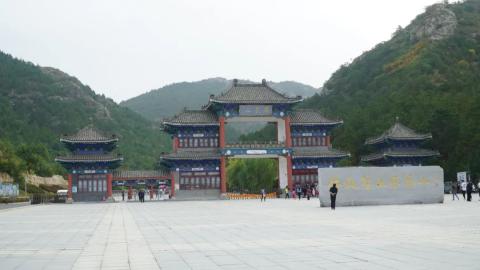
Departing from Fuxin in the morning, we headed west along the Jingsi Expressway and arrived in Chaoyang City in about two hours. As a native of Liaoning, I have been to Chaoyang many times, but I still feel that this city is not well-known. Many people can’t even tell whether the pronunciation of the word is "zhao" or "chao". This matter can be compared with Beijing Chaoyang District (many cities have this district, such as Changchun). The pronunciation of the two characters is the same, but of course the scale is very different!
Chaoyang, a prefecture-level city under the jurisdiction of Liaoning Province, is also known as "Dragon City". It is located in western Liaoning and is a hub for political, economic and cultural exchanges between Northeast China and the Central Plains. Today, Chaoyang City is connected to the industrial city cluster in central Liaoning in the east, the coast of Bohai Sea in the south, the Beijing-Tianjin-Tangshan economic circle in the west, and the hinterland of Inner Mongolia in the north. It has both land and sea access, convenient transportation and a superior geographical location. [In fact, Chaoyang is not on the Beijing-Shenyang line and its geographical location is relatively remote]. Chaoyang has been a link between Northeast China and the Central Plains since ancient times, thus forming a multi-ethnic historical city in Northeast China and a strategic location outside the Great Wall for generations. (There is no problem with this. The position of the sun was indeed very important in the nomadic era).
These two periods are the most famous in Chaoyang’s history. During the Three Kingdoms period, the western part belonged to Wuheng and the eastern part belonged to Changli County. It seems that Cao Cao once launched a war to attack here. During the Eastern Jin Dynasty and the Sixteen Kingdoms period, it belonged successively to the Former Yan, Former Qin, Later Yan and Northern Yan. The Former and Later Yan dynasties once built their capitals in Longcheng (Chaoyang), so Chaoyang is known as the "Ancient Capital of the Three Yans". yes Xianbei Murong , that is, the ancestor of "Gu Su Murong" in "Demi-Gods and Semi-Devils" (of course this is gossip).
The most famous local place is Phoenix Mountain.
Fenghuang Mountain was called Longshan in the Jin Dynasty and also called Longshan in the Sui Dynasty. Emperor Wen of the Sui Dynasty once ordered the establishment of a temple in Longshan, Yingzhou (now Chaoyang), to offer sacrifices to Yiwulu Mountain in Beizhen. In the early Qing Dynasty, it was renamed Fenghuang Mountain and is located 4 kilometers east of Chaoyang City, Liaoning Province. In the summer of the first year of Jin Yonghe (345), Murong Huang built Longxiang Buddhist Temple, the first Buddhist temple in the history of Northeast China, in Longshan (Phoenix Mountain). 75 years later, the eminent monk Shi Tan of Longxiang Buddhist Temple was far away. He went to Tianzhu and became a monk who traveled westward to seek scriptures later than Faxian in Chinese history, and 207 years earlier than Xuanzang of the Tang Dynasty. During the more than 700 years from the Yan Dynasty to the Liao Dynasty, Chaoyang has been the center for the spread of Buddhist culture in the Northeast, and Phoenix Mountain has always been the most important Buddhist temple in the Northeast. It is now a national 4A-level scenic spot.
The parking lot of the scenic spot is not small, but there were many people during the National Day holiday, so we squeezed in between two rows of vehicles before stopping.
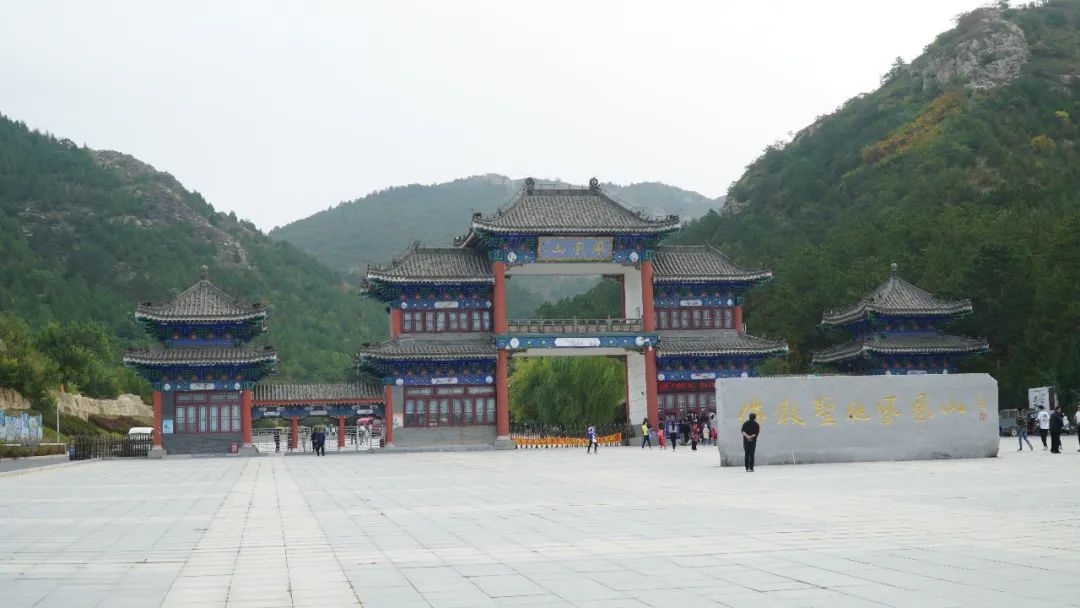
Scenic area gate.
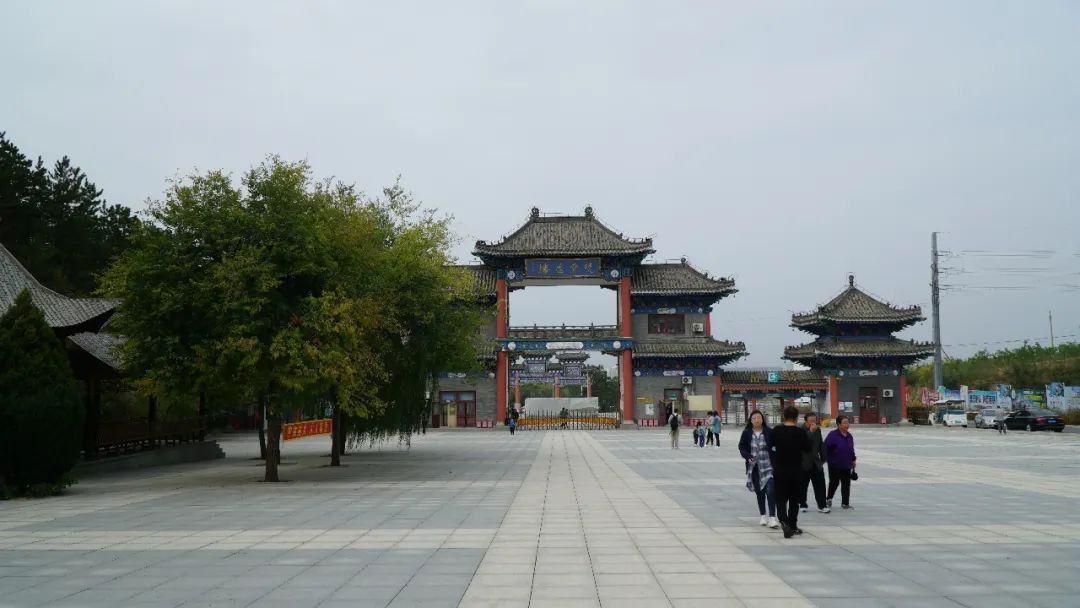
After entering, you still have to walk some distance to reach the sightseeing station.
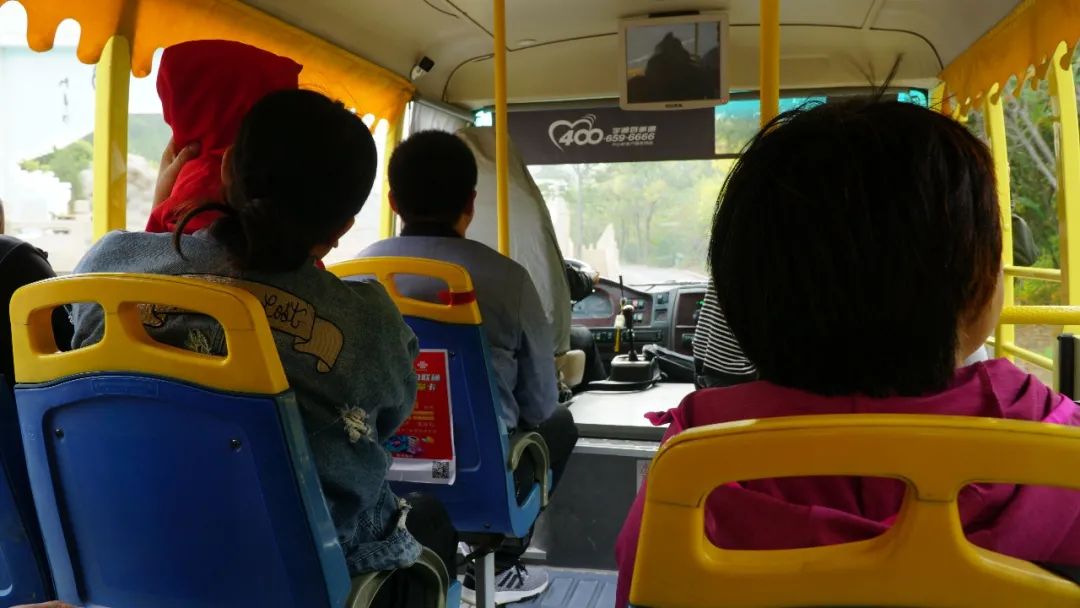
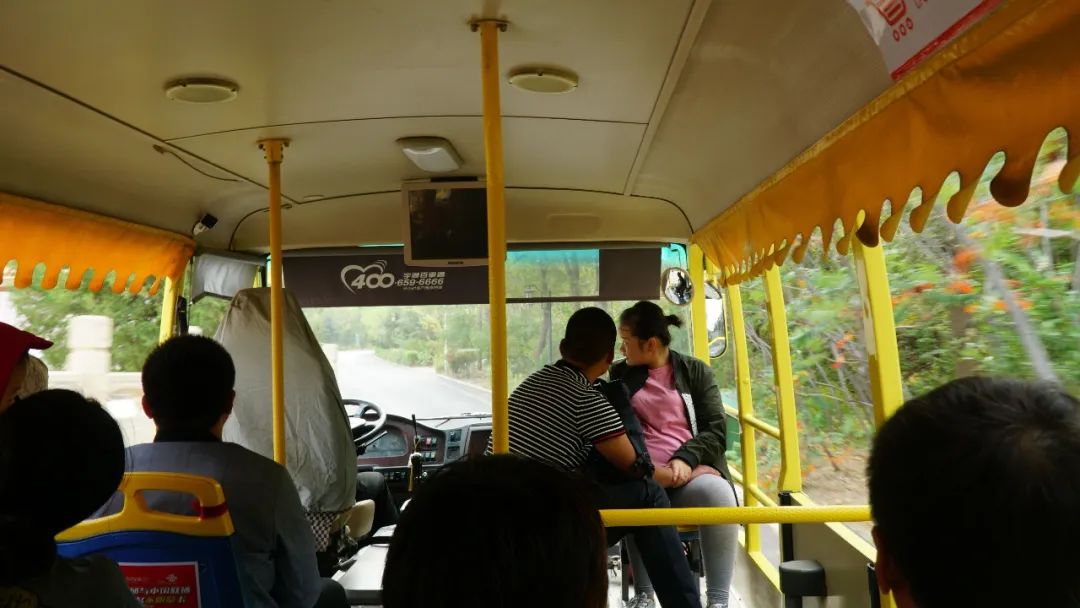
You have to take a sightseeing bus to enter. The wind is a bit strong, this kind of cool sightseeing car is really a bit cold
It is said that there are many scenic spots on the mountain, but we had limited time, so we went to the three most important places.
The first one is Buddha.
The most worth seeing in Phoenix Mountain is the relics of the two Buddhas. It is the only mountain so far that houses the relics of the two Buddhas. "Relics" means "body bones". People in Buddhism say: Seeing relics is like seeing the true Buddha. Relics are extremely precious "the highest sacred objects in the Buddhist world". In the 16 years from 1988 to 2004, people discovered the relics of Sakyamuni Buddha and the Dingguang Buddha relics in the Chaoyang North Tower and Chaoyang South Tower in the urban area respectively. On September 12, 2009 (the 24th day of the seventh lunar month), the two Buddha relics were enshrined in the Phoenix Mountain Buddha Pagoda. So far, the relics of the two Buddhas are located on the same mountain, making Phoenix Mountain the only Buddhist holy mountain in the world that enshrines the relics of the two Buddhas.
The sightseeing bus reaches its terminal here, and you can only walk the rest of the way.
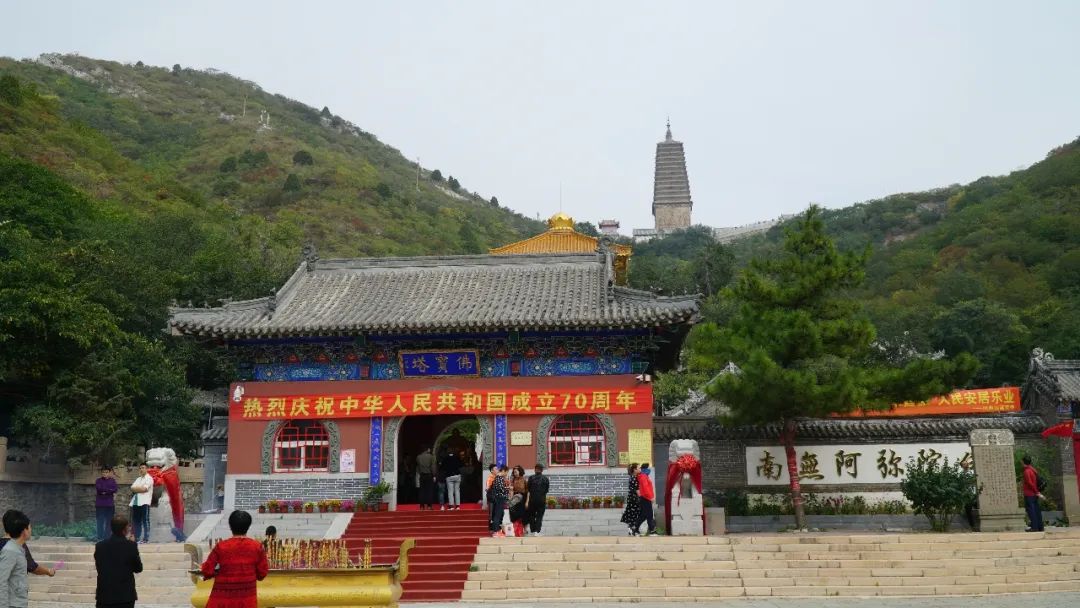
A place where relics are enshrined.
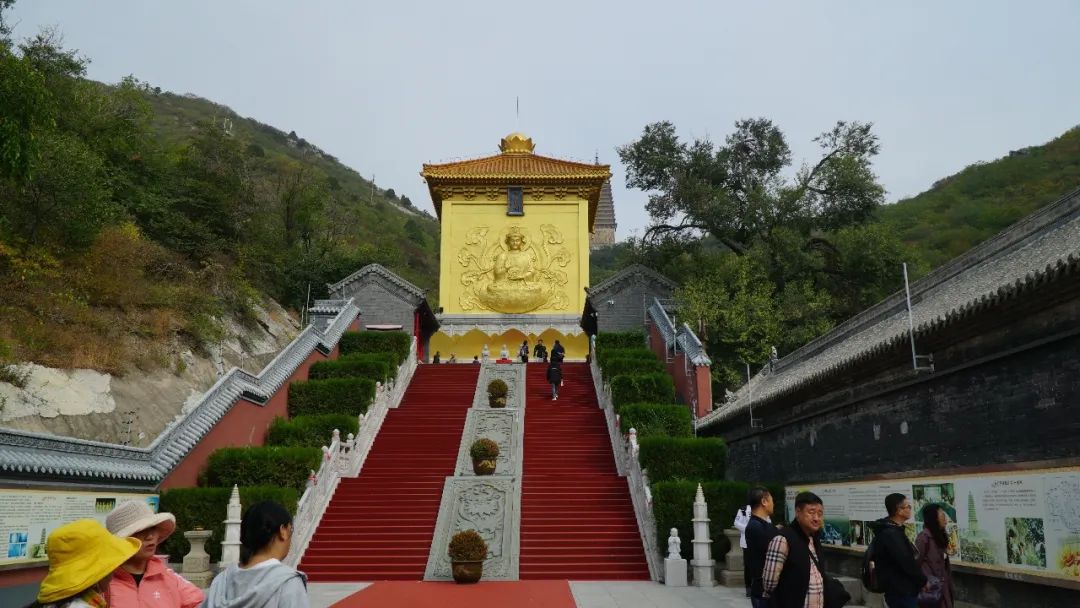
This shiny golden thing is an enlarged version of the small box that enshrines the Buddha's relics (it may be disrespectful to say so), and it is made into a temple. You can see the relics when you enter, and the ceremony is very solemn. There is a nun next to you to guide everyone in saluting, and also explains some knowledge about the relics, including whether the relics are stones. As an aside: The nuns here are beautiful. I just want to gain some knowledge, but I won’t salute that bone.
After leaving Fo Bao Temple, we have to climb a mountain to reach the Central Temple. This place is also where I arrived when I came many years ago. At that time, there was no Fo Bao Temple!
The middle temple is called Yunjie Temple, and it is also the second place we visited.
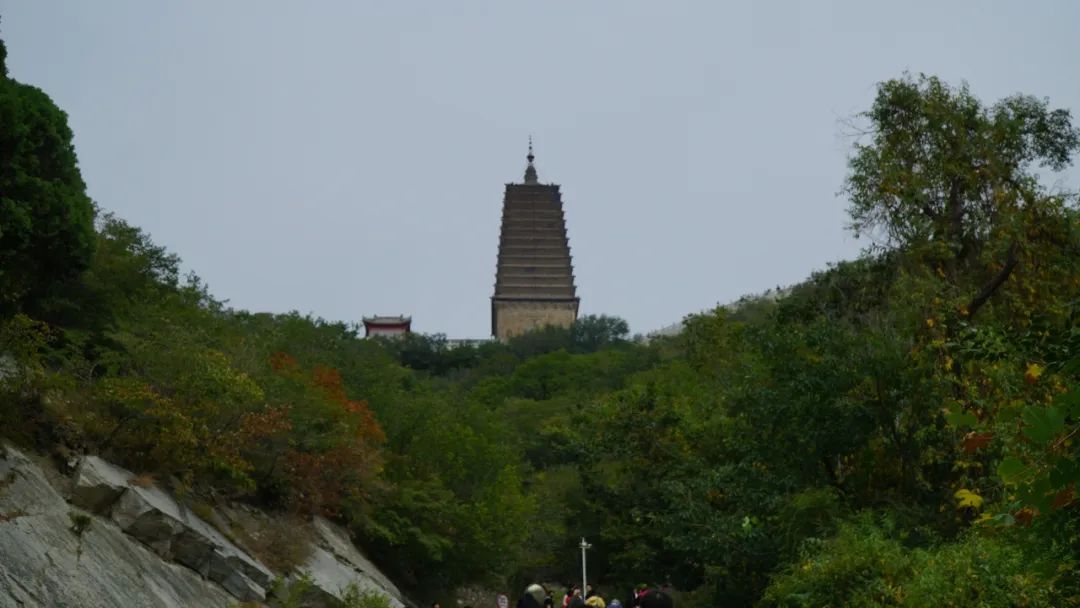
Yunjie Temple Pagoda
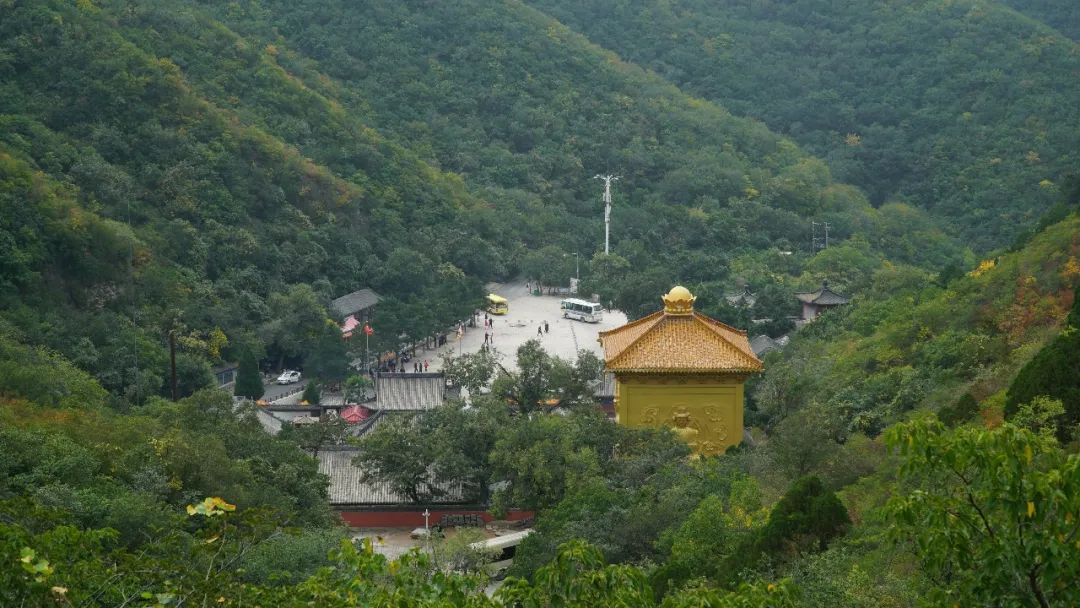
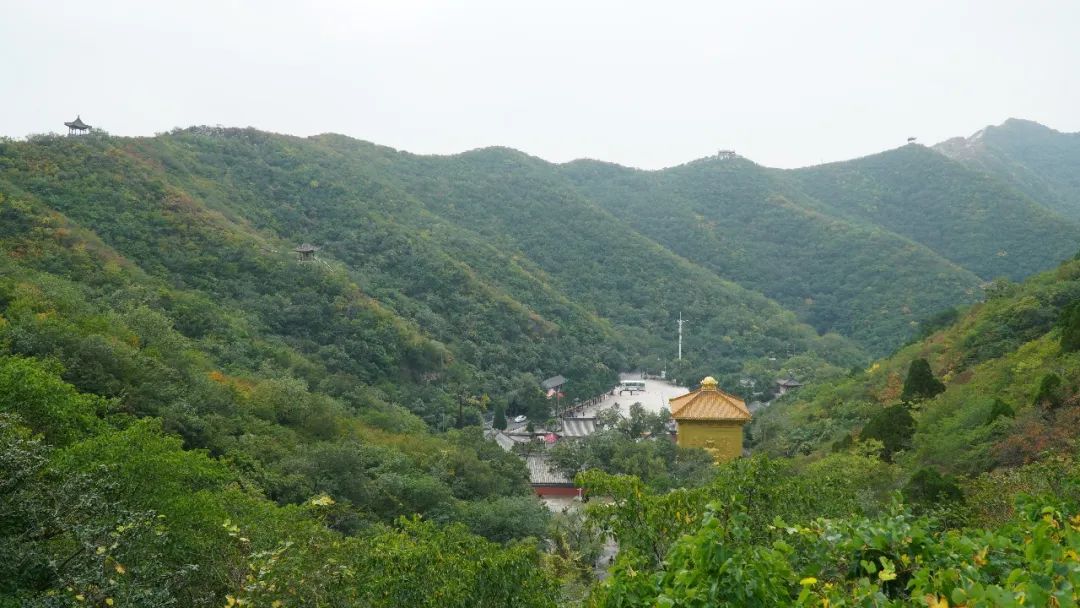
Look down the mountain.
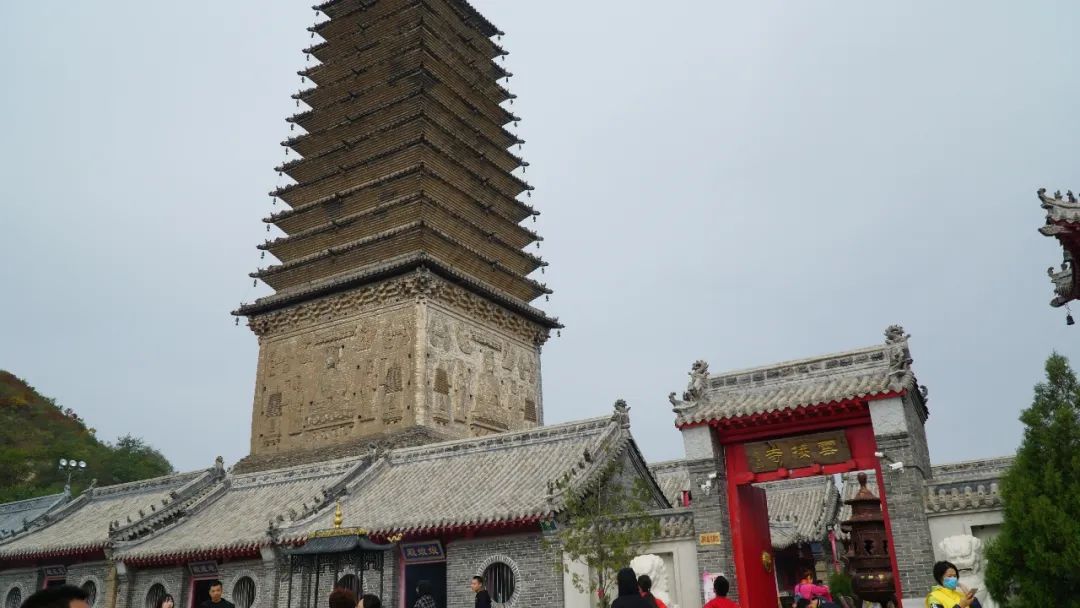
This section of the mountain road is very tiring, and we arrive in front of Yunjie Temple.
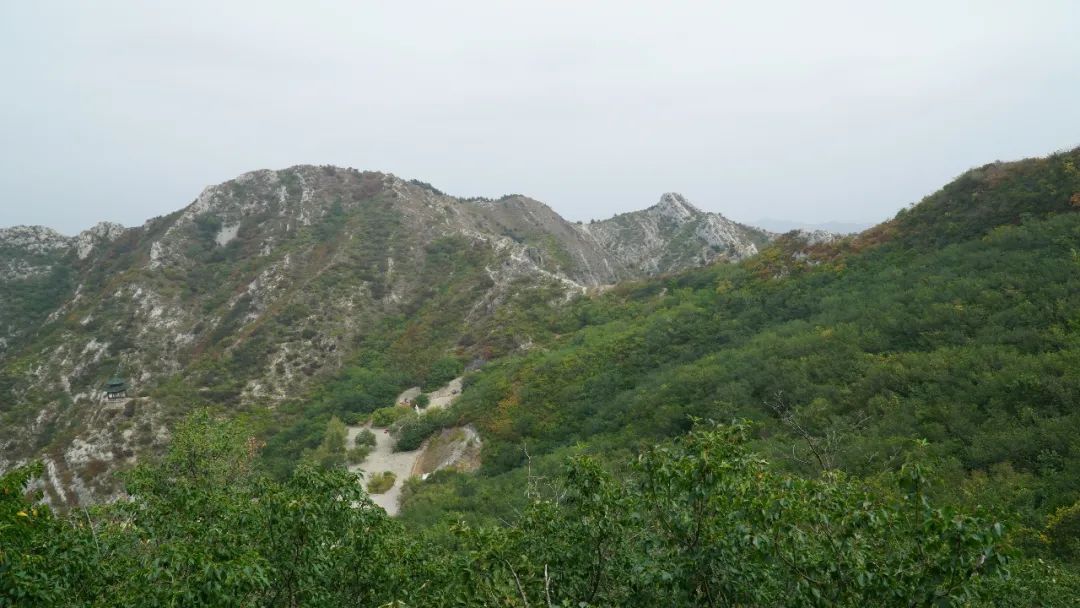
The mountain scenery is okay, but it really can't be compared with the mountains in the south. The mountains are not unusual in appearance at all, neither thin nor round. In short, they have no characteristics.
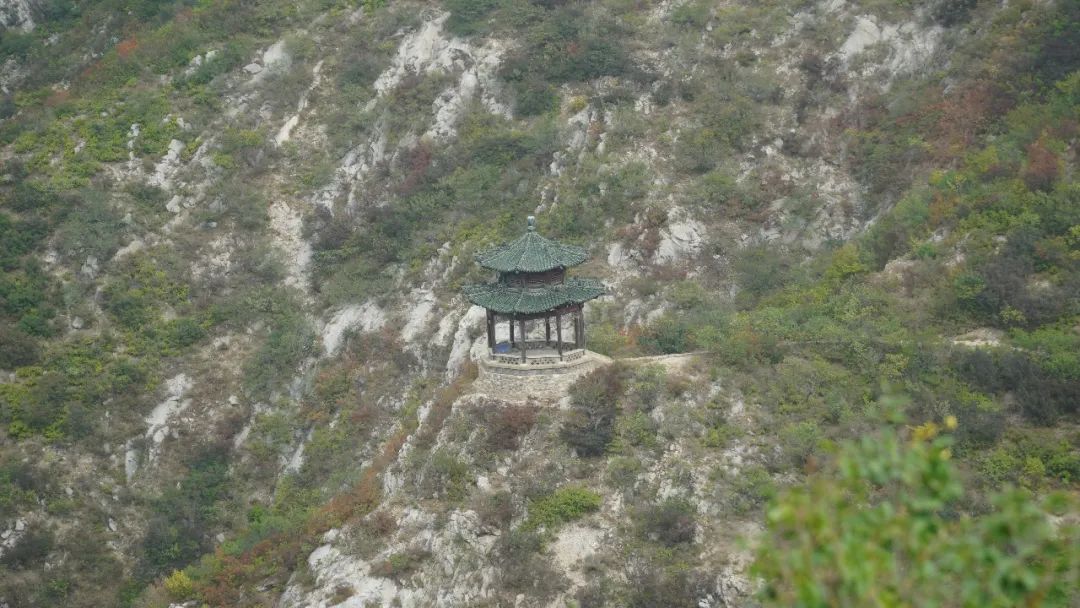
I didn’t know this pavilion was for work!
The inside of the temple is just like an ordinary temple, nothing special.
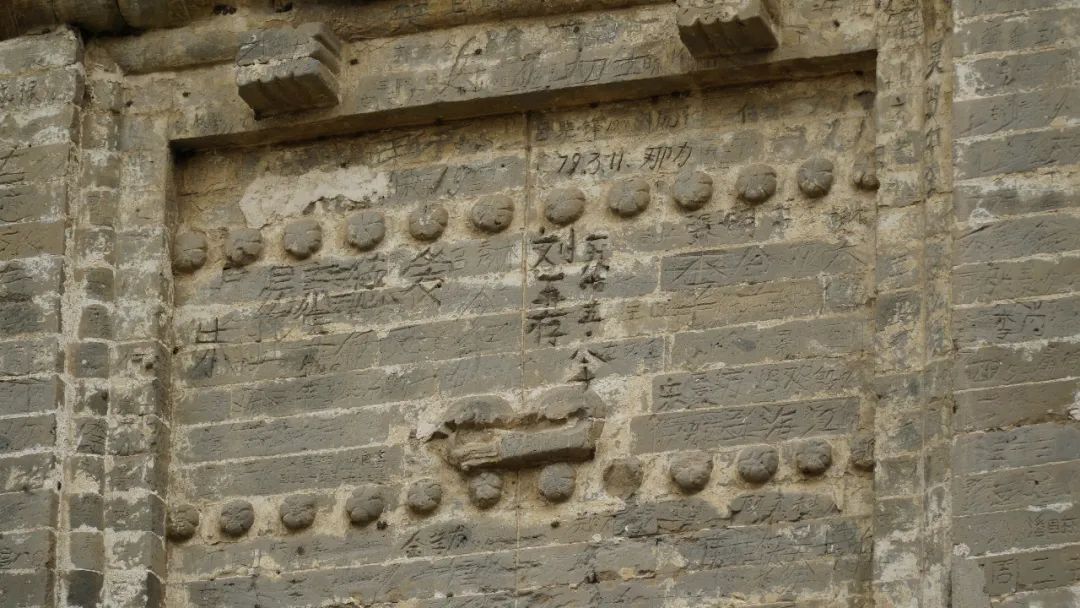
The lettering on the wall is a bit special
After leaving Yunjie Temple, there is still a way to continue up the mountain, which is the highest point of Phoenix Mountain and our last destination today.
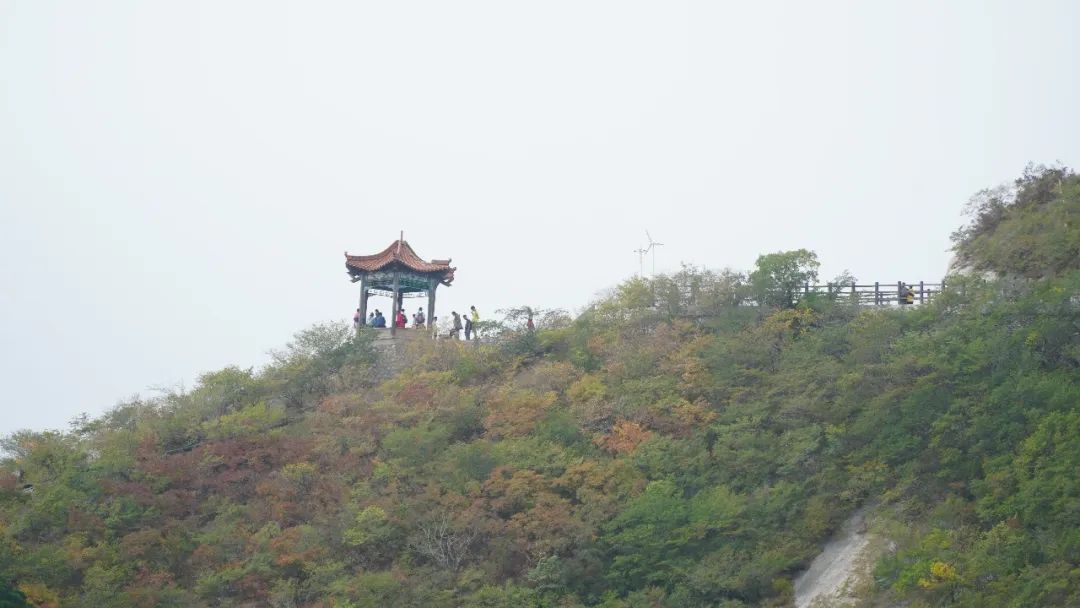
A small pavilion in the distance.
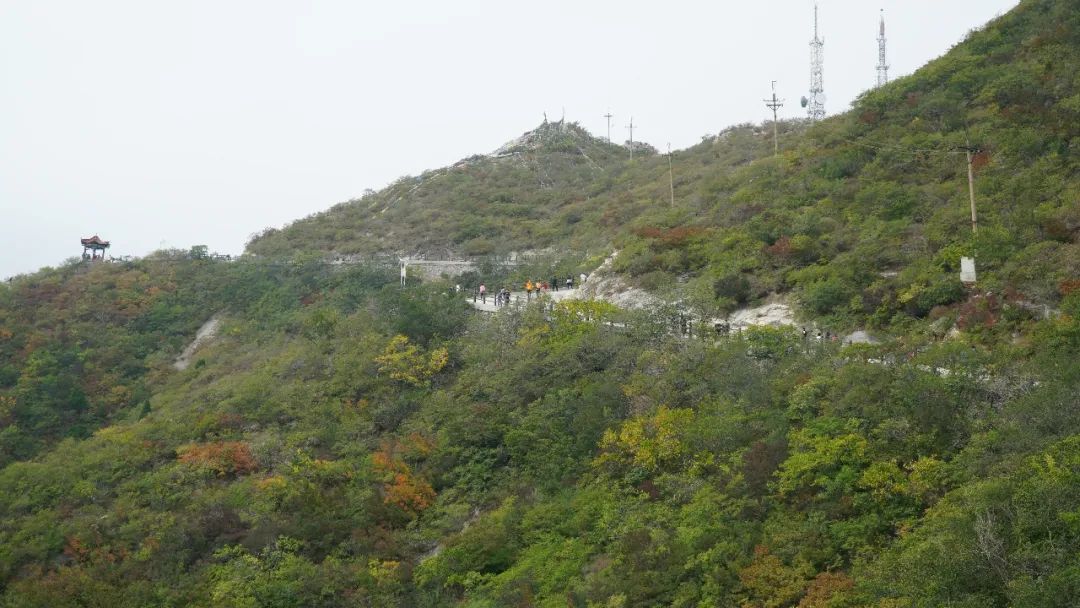
Just go up this road
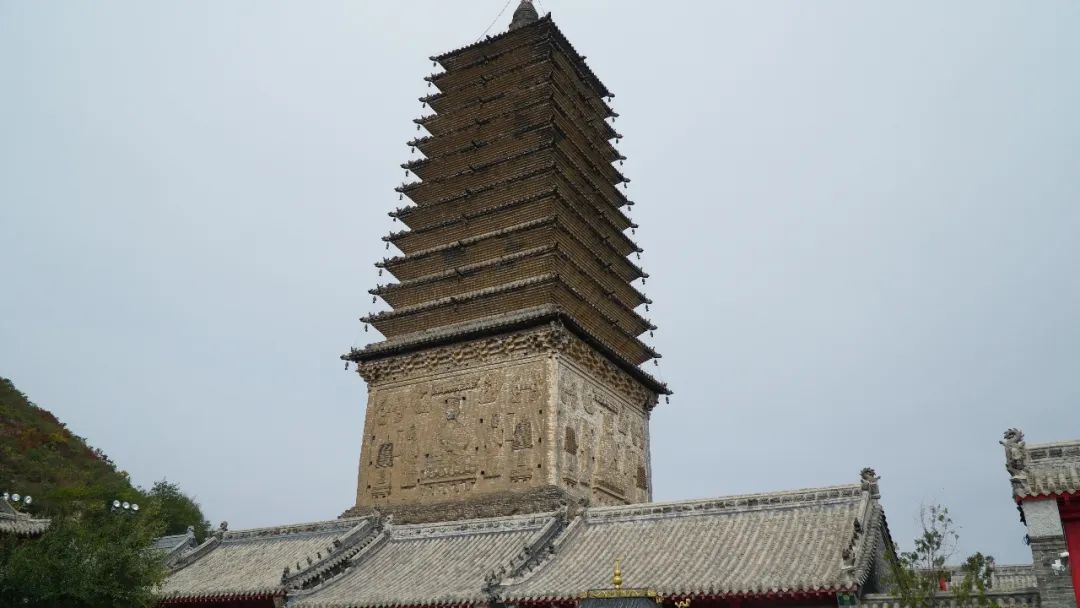
Take another photo of Yunjie Temple Pagoda
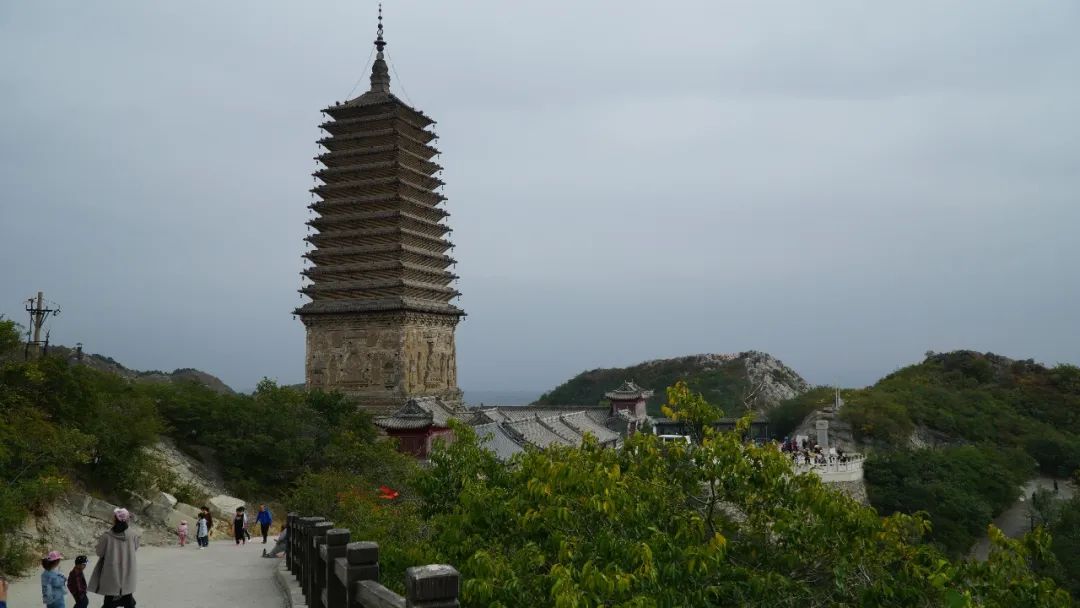
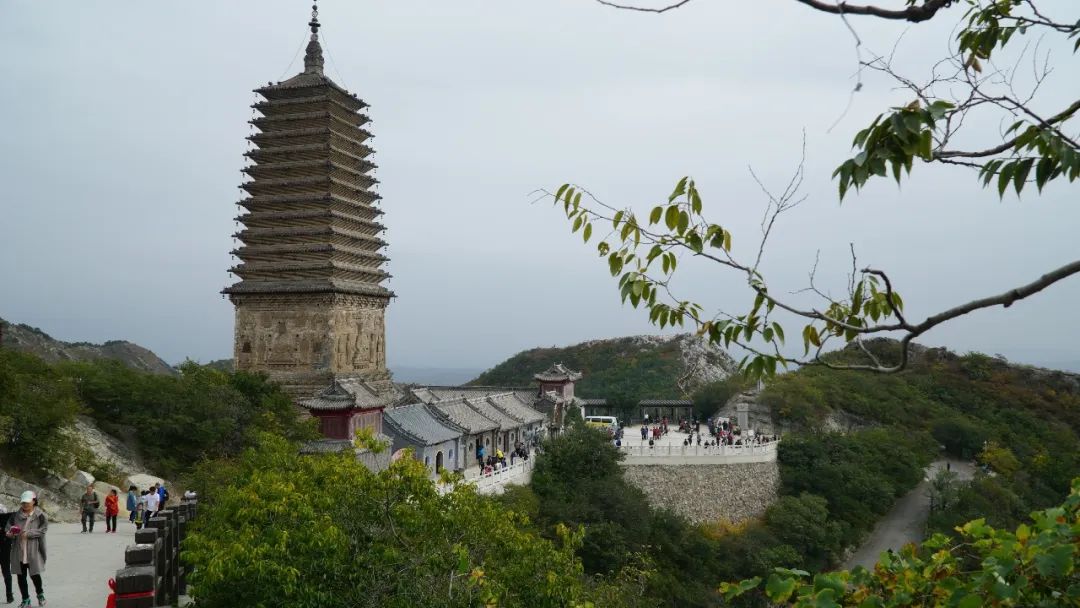
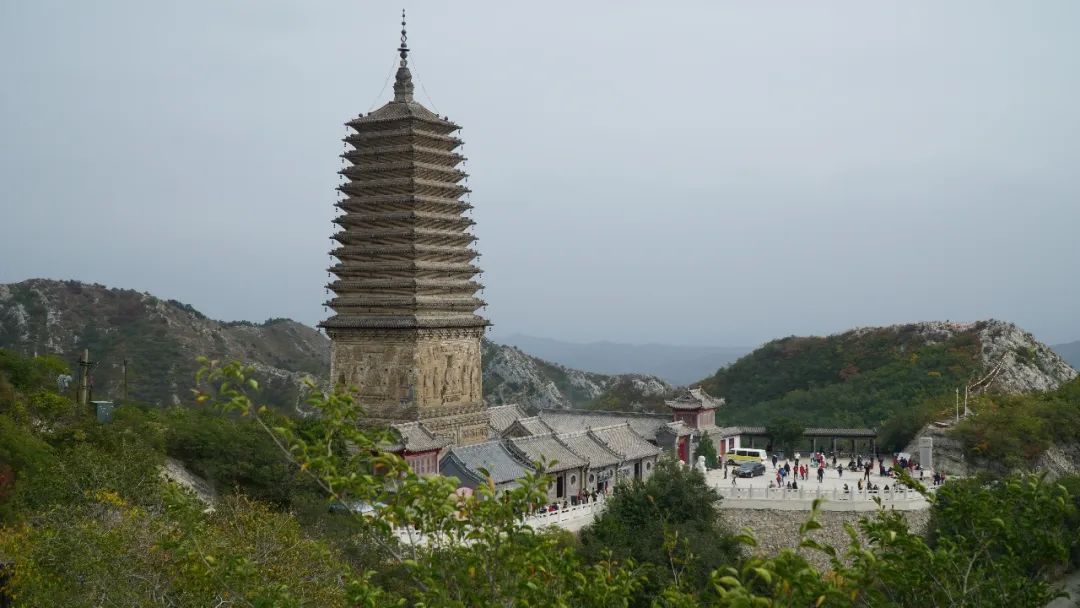
Find a good angle on the way up the mountain and take a picture of the entire Yunjie Temple.
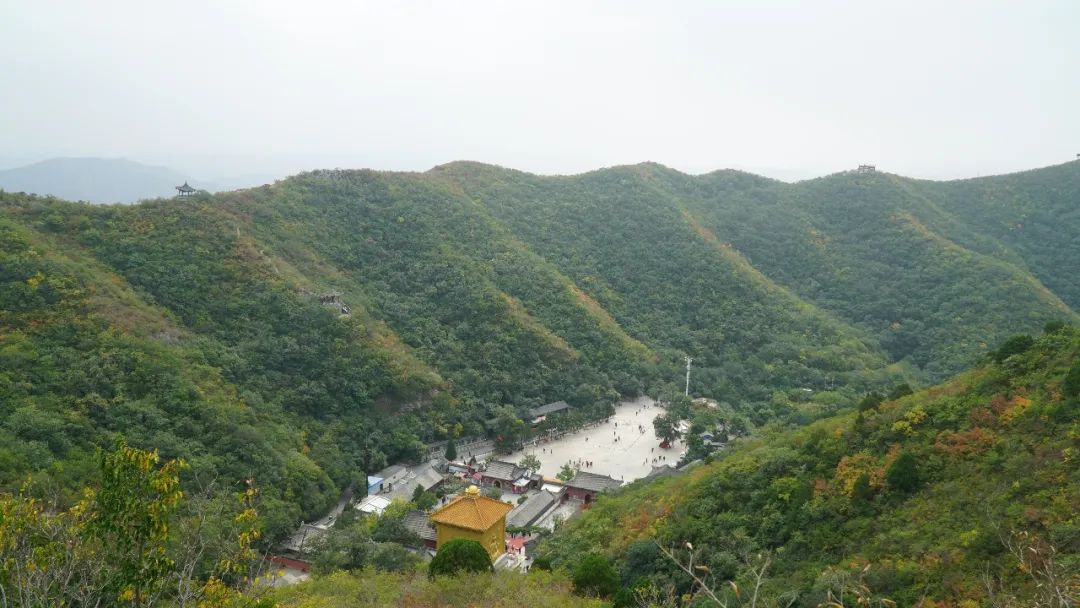
Buddha Pagoda
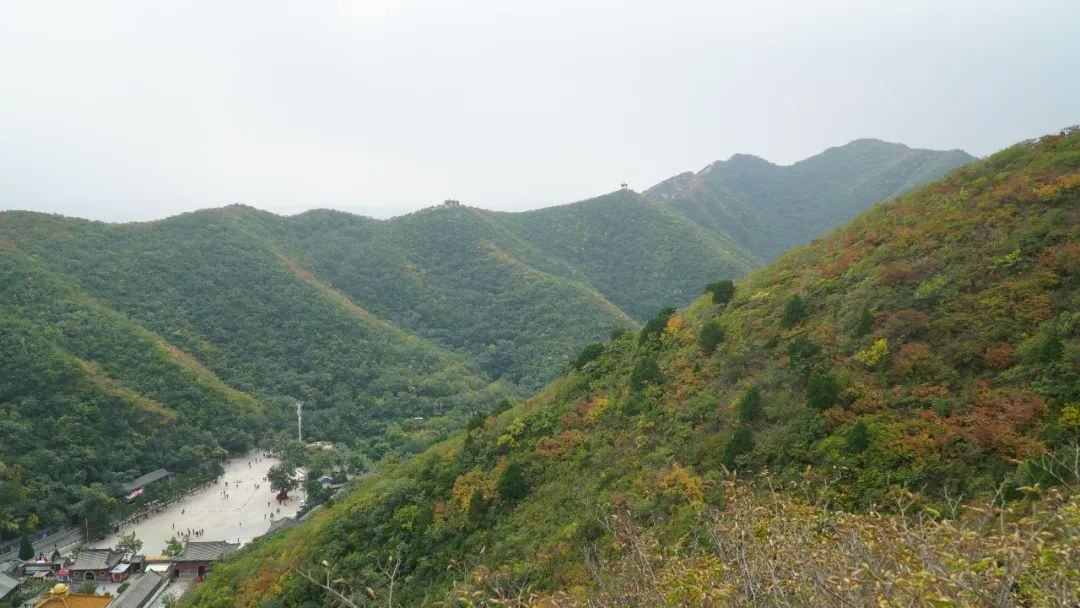
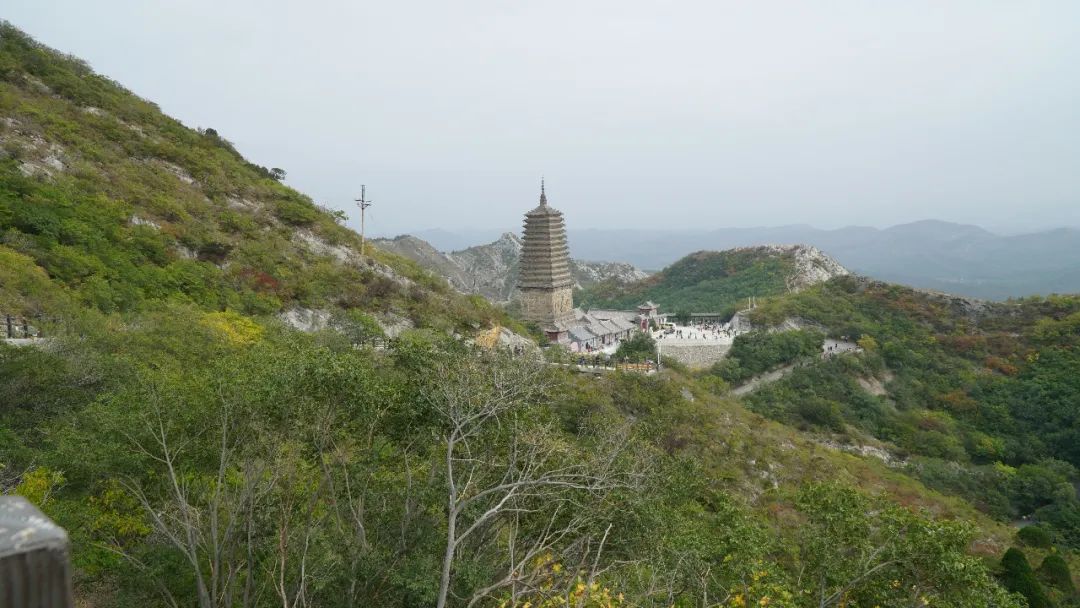
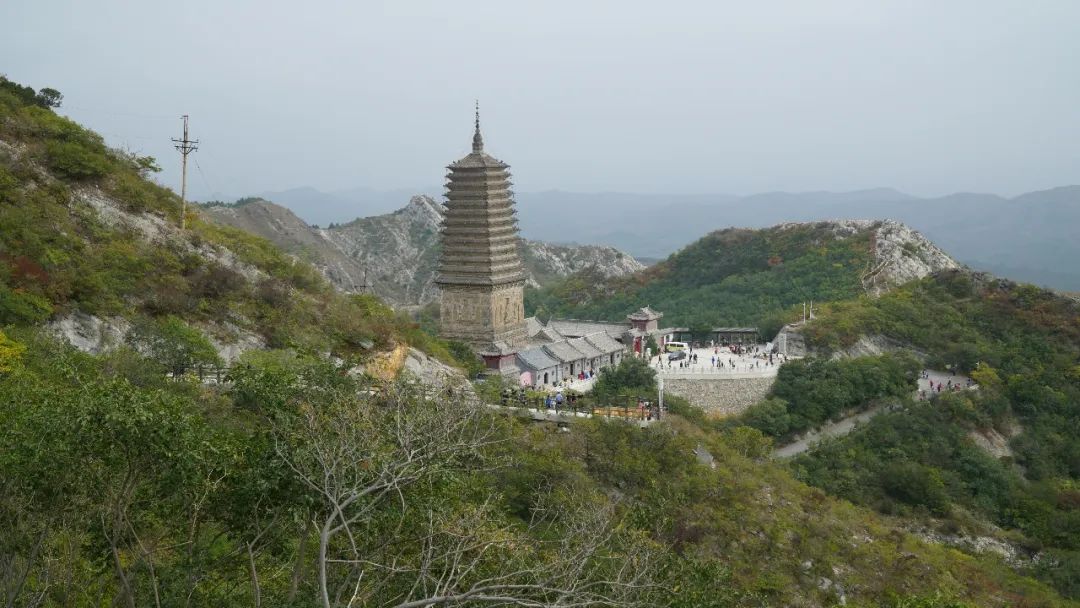
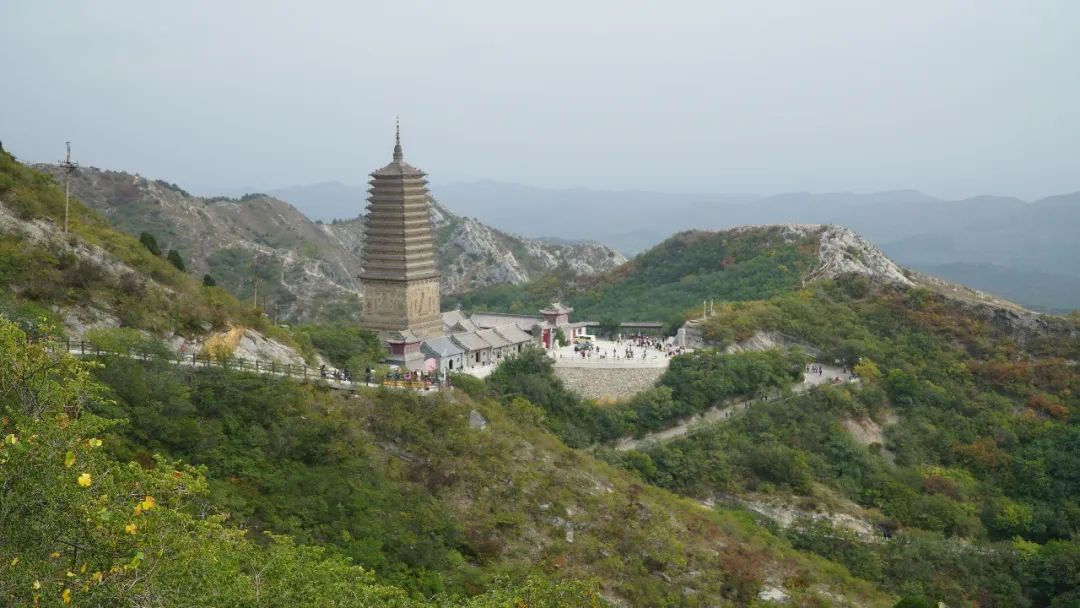
Mountain view.

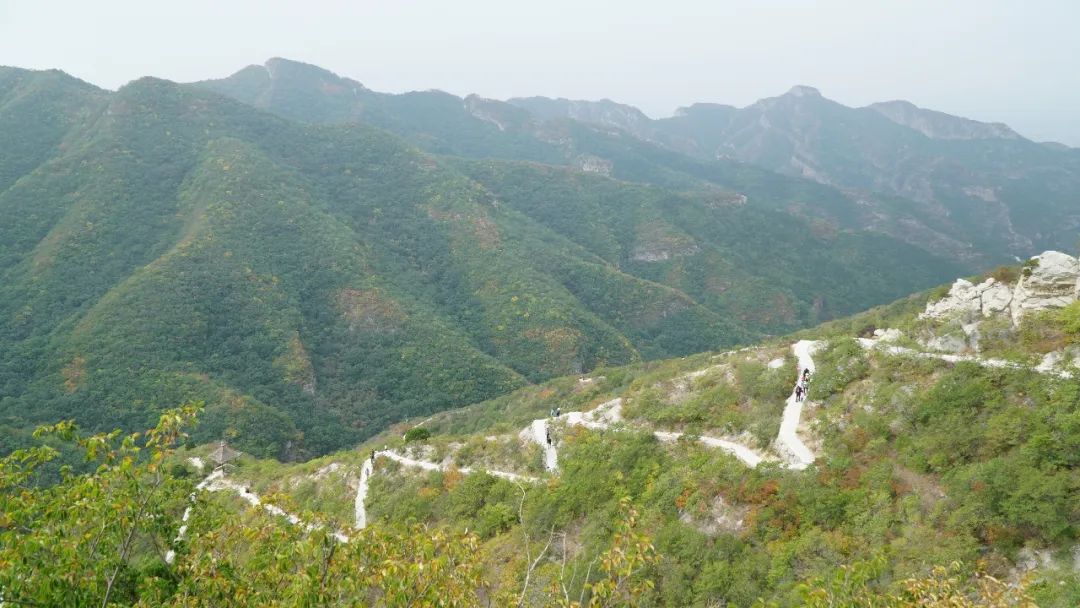
This plank road can go down the mountain.
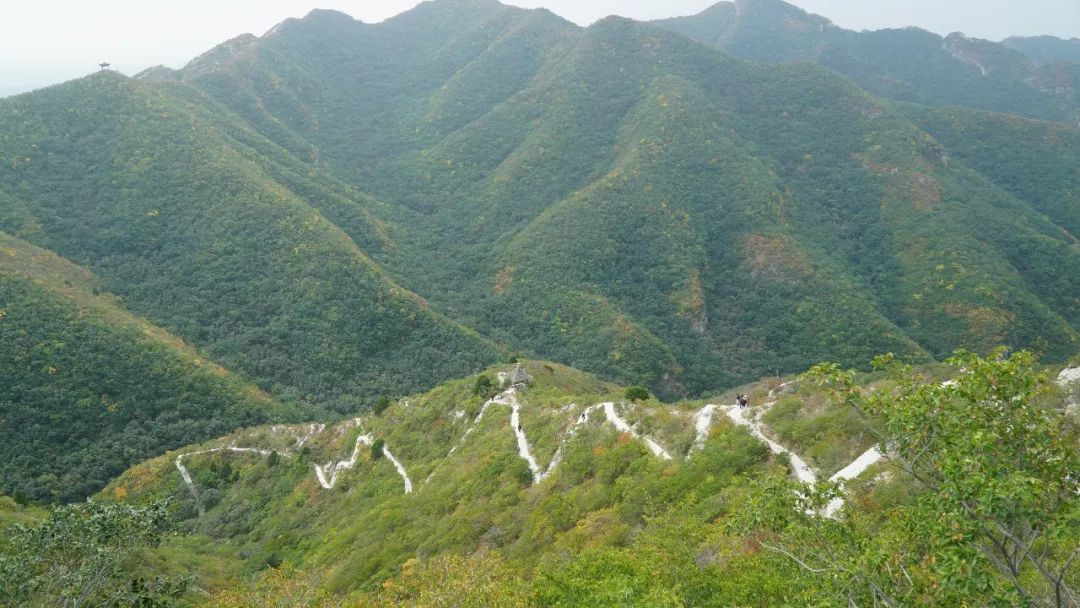
When you go up again, you will see this Guanyin. This is newly built, and above it is a radar station.
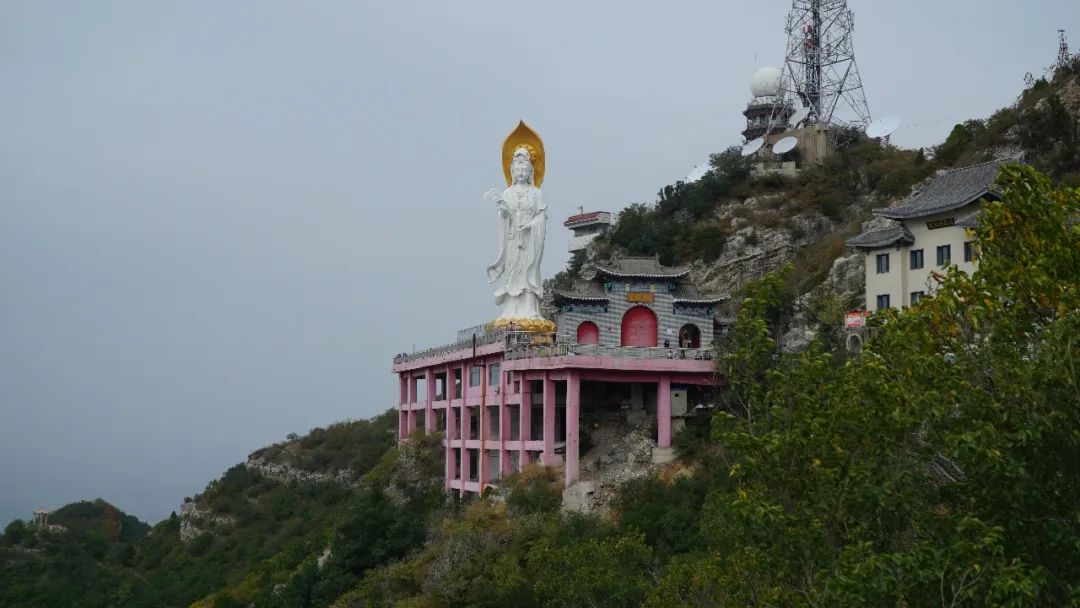
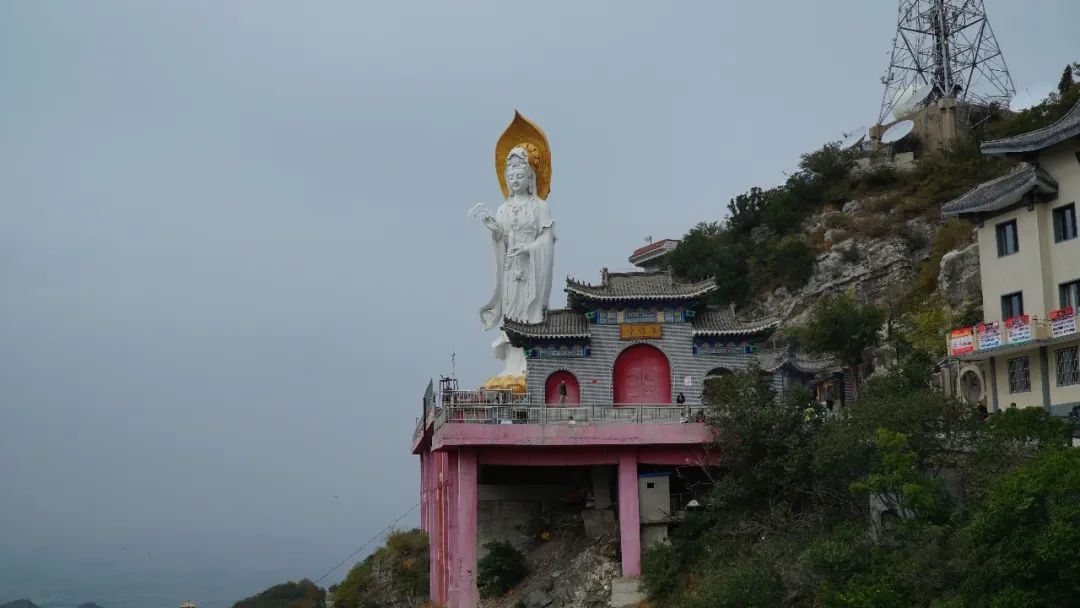
We walked to the feet of Guanyin.
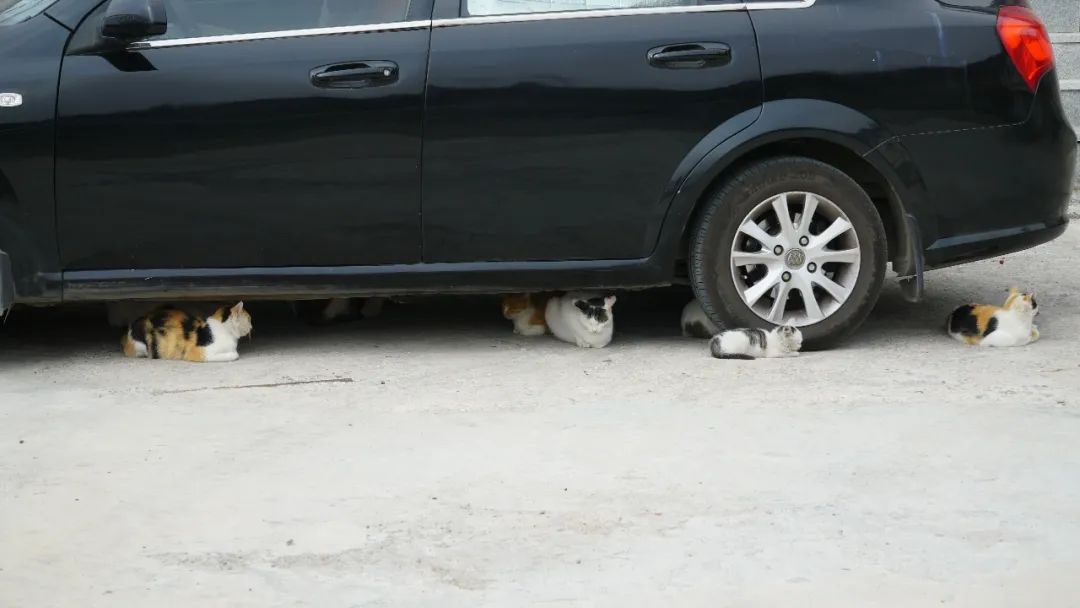
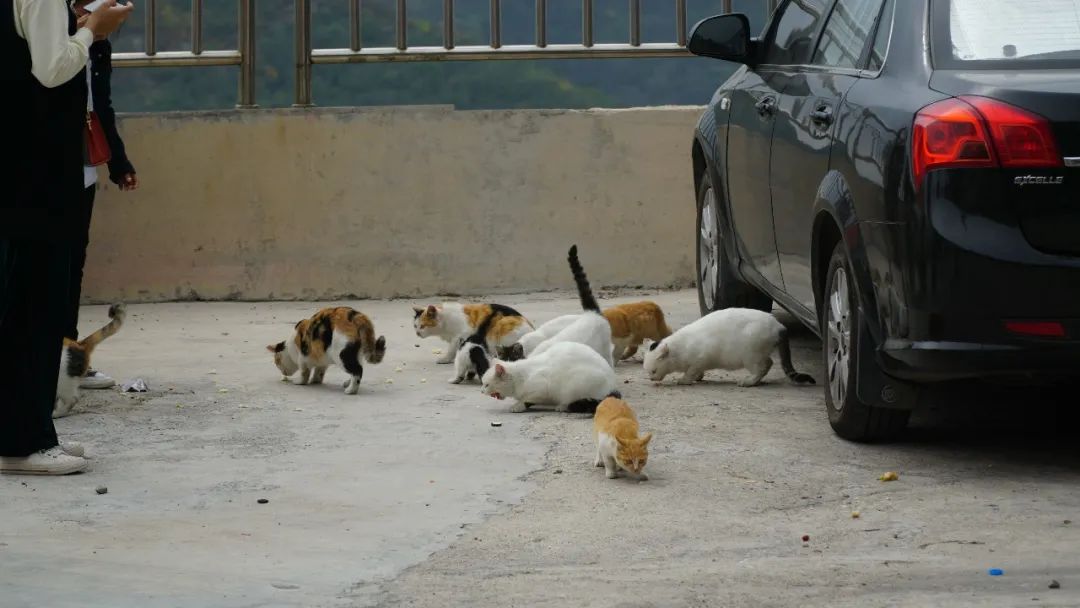
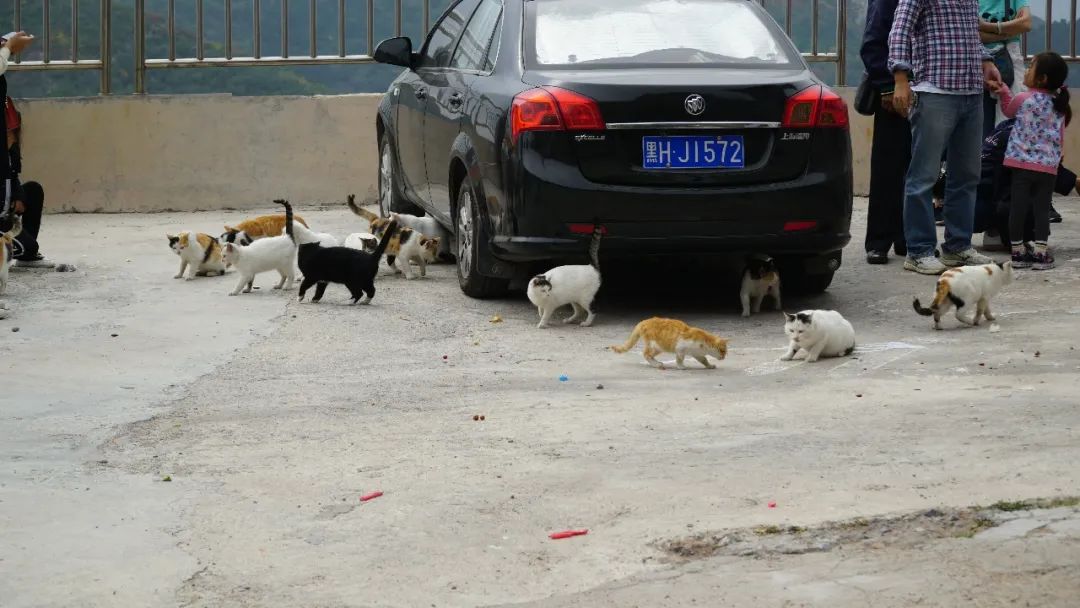
These little animals are very good at finding places to stay warm. The wind is very strong on the mountain. These are probably wild cats, and tourists are feeding them.
The last section of the road is very steep. Going to the top of the mountain is just to experience the feeling of "seeing all the mountains at a glance", which is really nothing special.
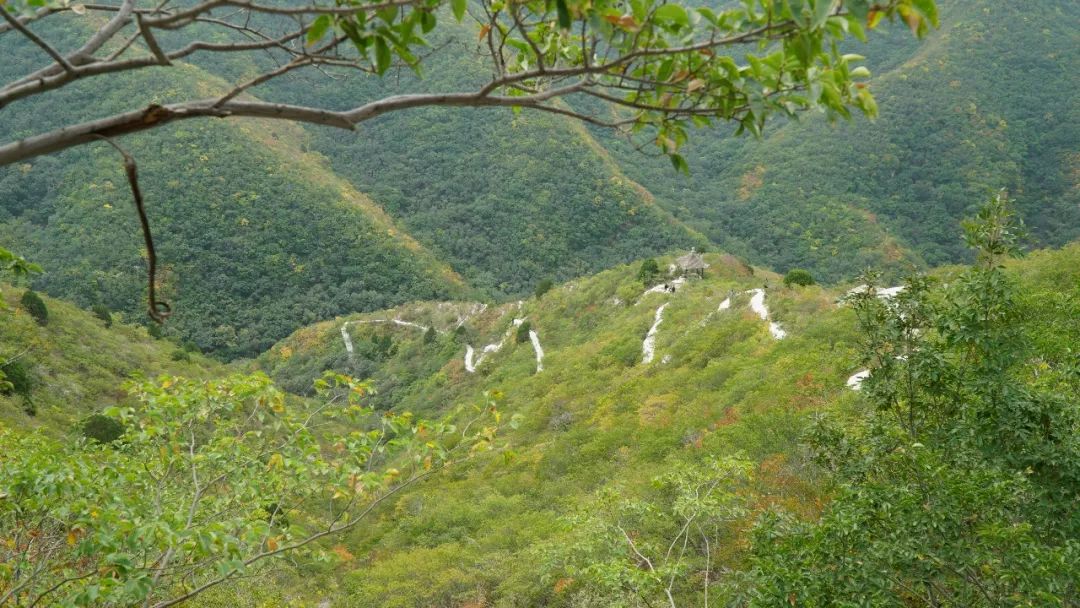
We chose this plank road to go down the mountain. It was easy to reach the parking lot in front of the Buddha Pagoda. After getting on the car and leaving the park, there was nothing special.
Along with Fenghuang Mountain, the 4A scenic spot is Bird Fossil Park, which is always facing the sun. This is really worth seeing. It’s a pity that I was too busy learning knowledge and didn’t take photos.
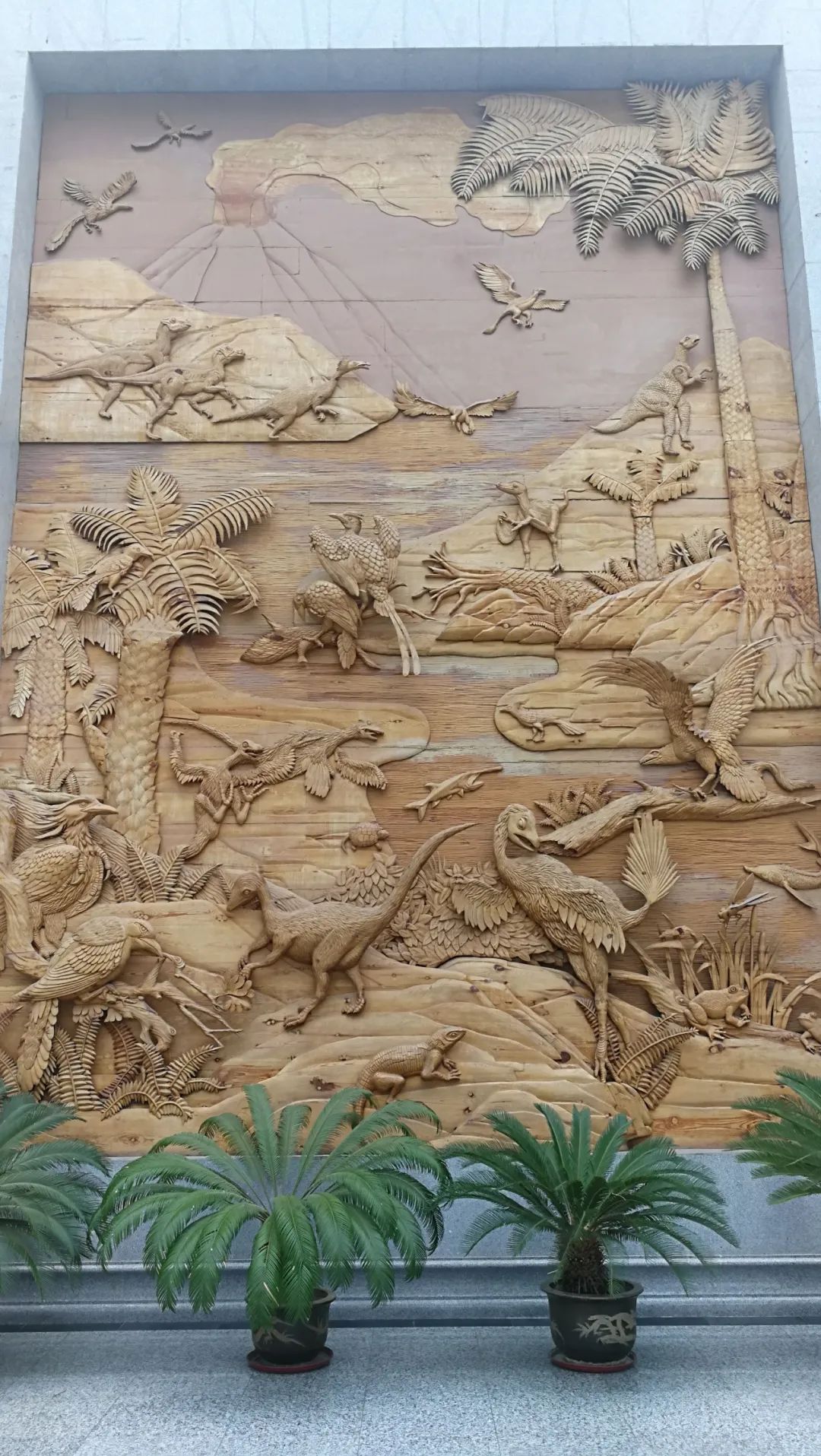
Enter the showroom.
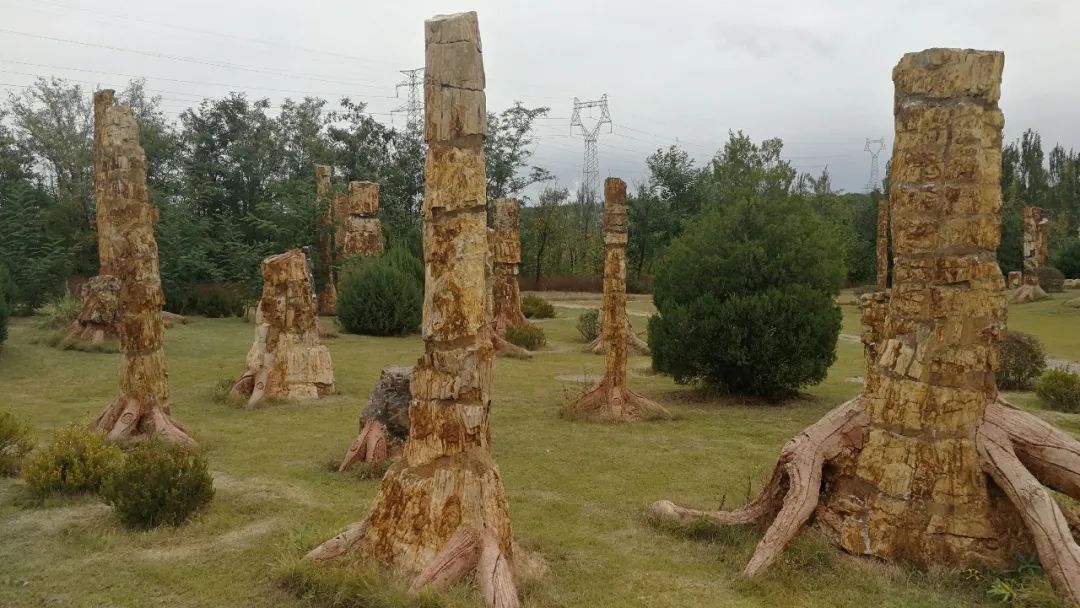
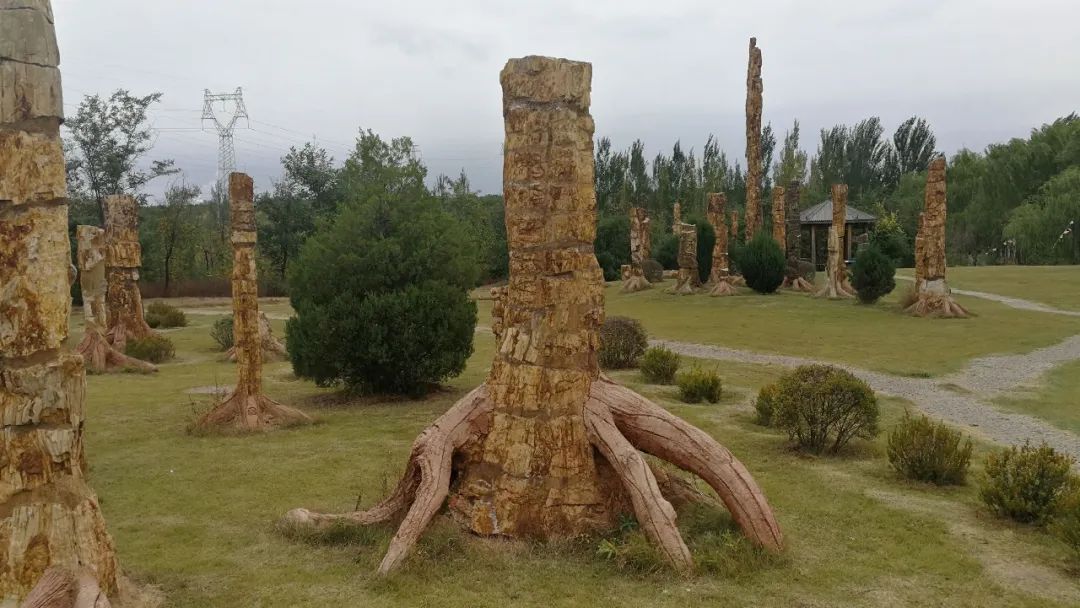
Petrified wood, this thing looks like a tree, but the material has completely turned into stone.
